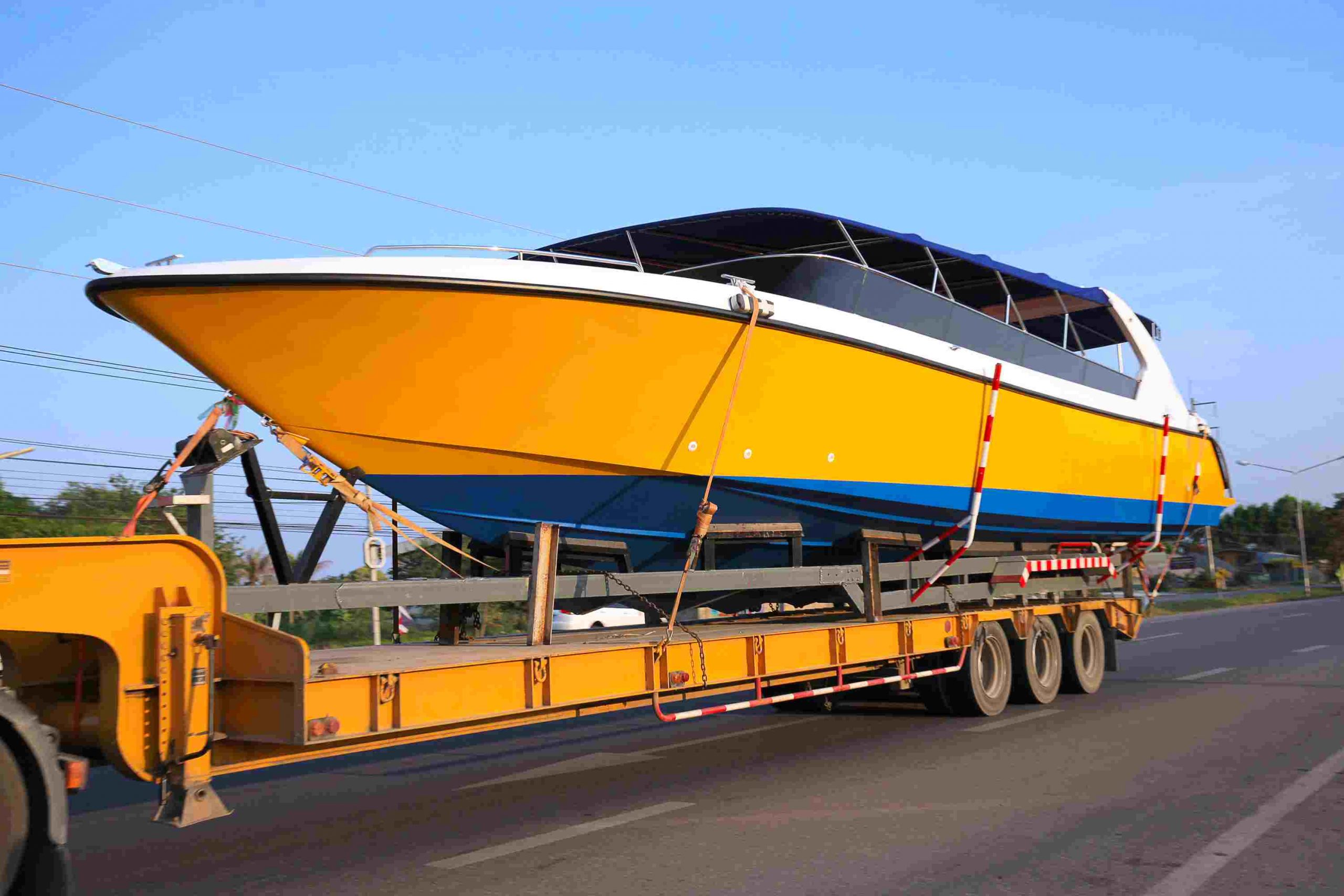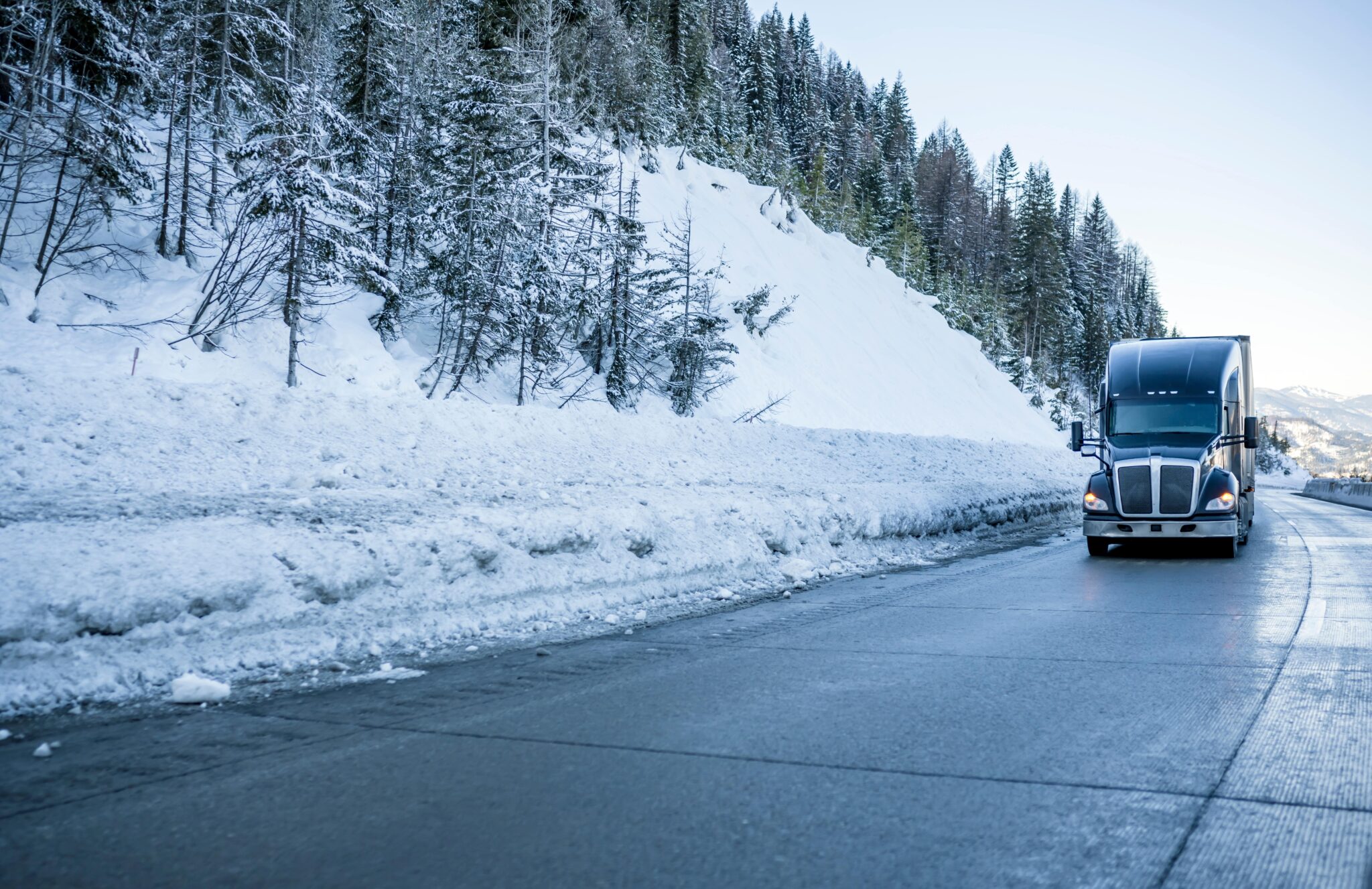Seasonality is one of the primary factors impacting car shipping efficiency and customer experience. It creates some opportunities for car shipping companies but also poses considerable challenges. This article explores how seasonal car shipping challenges affect the industry year-round and provides helpful tips for customers to navigate these seasonal obstacles.
The Weather Impact on Car Shipping
Weather conditions significantly impact shipping schedules and require car shippers to plan their trips around the forecast during shipment time. Knowing how the weather affects car shipping helps customers plan for a more effective experience.
Car Shipping in Spring
We’ll start our list with a favorable season for car shipping: spring. Its mild temperatures and clear skies result in fewer road closures and, consequently, easier and faster shipping journeys. However, people shipping their cars in spring must expect the following:
- Rain and snow melting can happen in spring and cause flooding, closing roads and delaying shipments.
- High winds create some driving difficulties, impacting drivers’ control over their vehicles and leading to delays.
Car Shipping in Summer
Summer weather can be challenging for car shippers to navigate. Summer heat and humidity increase the risk of breakdowns and accidents and expose vehicles to overheating and damage risks when driving during peak heat hours. Vehicles’ paint can fade because of the summer sun.
Car Shipping in the Fall
Fall is another good time for car shipping. It is when the weather begins to cool down, and the roads are clear of weather elements, like ice and salt. However, these two factors must be considered when shipping cars in fall:
- Early snowfall: Early snowfall can arrive in fall in some parts of the country, which can cause delays and disruptions.
- Leaf season: The leaf season can result in slippery roads and difficult visibility, leading to delays.
Car Shipping in Winter
Winter is the most challenging time for car shipping because of its harsh conditions, such as snow, ice, and freezing rain. These conditions pose significant challenges for drivers to travel safely and increase the risk of vehicle damage.
Additionally, snowdrifts and road closures can cause significant delays. So, people shipping their cars in winter must expect longer shipping periods.
Addressing Weather Conditions: Professional Shippers’ Strategies
Monitoring Weather and Optimizing Routes
Auto shippers must monitor weather forecasts and traffic conditions to adjust routes and arrange shipping schedules. A variety of tools and resources are used by professionals to make informed shipping decisions while prioritizing vehicle safety and timely delivery.
Determining the Best Shipping Method
The shipping trailer type, open or enclosed, significantly impacts cars’ vulnerability to weather conditions. Enclosed trailers provide vehicles with full protection. They are ideal for shipping vehicles during challenging weather. Open trailers, on the other hand, offer increased risk of vehicle damage, especially during inclement weather, since it is exposed to the elements. They are more affordable, though.
Driver Safety and Expertise
Car shippers carefully select and train drivers with extensive experience navigating various weather conditions. These drivers possess the skills and judgment to handle icy roads, high winds, and heavy rain, ensuring the safe transport of vehicles.
Communication with Customers
Professional car shippers offer clear communication channels with their customers during shipping. This includes keeping customers updated about potential weather-related delays or route changes to help manage expectations and ensure transparency.
Preparing Vehicle to Be Weather-Resilient
For vehicles shipped during challenging weather, following these steps guarantees better protection:
- Top off fluids: All fluids must be at the appropriate levels.
- Inspect tires: Tires must be properly inflated and well-maintained.
- Clear snow and debris: Remove snow, ice, and other debris from the vehicle’s exterior to prevent damage and boost performance.
- Secure cargo: Secure loose items in the vehicle to prevent them from moving around during sudden maneuvers.
Tips for Summer Car Shipping
People shipping their cars in summer must avoid the heat and humidity for their vehicle safety. Following these tips also accounts for a smooth summer car shipping:
- Schedule strategically: Ship in the cooler morning or evening hours to avoid midday heat. Aim for early summer or late fall to avoid peak heat waves.
- Consider enclosed trailers: Enclosed trailers with temperature control systems offer superior protection from sun, dust, and debris, especially for high-value vehicles.
- Interior protection: Use sunshades to block UV rays and prevent dashboard cracking. Remove valuables and electronics sensitive to heat damage.
Tips for Winter Car Shipping
People shipping their cars in winter must avoid inclement weather damage and consider the following:
- Winterize vehicles by getting a fresh oil change with winter-grade oil. Also, make sure to top up antifreeze and check the wiper blades’ condition.
- Test the battery’s condition and replace it if it is weak. Remember that cold temperatures can drain batteries quickly.
- Expect potential delays due to slower travel speeds and weather-related challenges.
Tempus Logix is a top-rated nationwide car shipping company in the United States. The company ships all types of vehicles and has experienced, professional drivers who can safely transport cars under all conditions.
Conclusion
The weather impacts car shipping differently at different times of the year. However, professional car shippers can arrange safe and stress-free car shipping experiences regardless of the weather by following special strategies that address inclement weather conditions.






